Cynthia L. Webner – The Heart in Detail
$219.00 Original price was: $219.00.$61.75Current price is: $61.75.
Designed with the bedside clinician in mind, this seminar is appropriate for all healthcare professionals wanting to improve their assessment skills
Cynthia L. Webner – The Heart in Detail
- The NEED TO KNOW Arrhythmias
- Cardiac Conditions: What is Actually Happening?
- The ABCs of Cardiac Medications
- Heart Failure: Which Organs are Really Affected?
Did you ever wonder why your patent with a myocardial infarction will have dyspnea?
Or have a hard time explaining how beta-blockers work?
Or become confused about ejection fractions, let alone hemodynamics?
If you have a hard time explaining to your patients about which blood vessel perfuses what part of the heart, or why they have an arrhythmia, or how their heart failure is causing their kidney problems, then you need to join Cynthia L. Webner, DNP, RN, CCNS, CCRN-CMC, CHFN, a mentor who can really make the information easy and understandable.
Designed with the bedside clinician in mind, this seminar is appropriate for all healthcare professionals wanting to improve their assessment skills, build a firm foundation of cardiac anatomy and physiology and apply these skills in daily patient care. Understanding these essential concepts will help you find patient complications faster and respond to them more appropriately. Cynthia’s teaching style allows for an informal interactive discussion. You will leave with a systematic approach to interpreting ECGs, an understanding of common cardiac pathologies, and a renewed commitment to achieving excellence in patient care.
OUTLINE
Understanding Electrical & Mechanical Functions
- Conduction System
- Waveforms
- The NEED TO KNOW Arrhythmias
- Hemodynamic Function
- Cardiac Output
- Preload
- Afterload
- Contractility
- Heart Rate
- Normal Heart Sounds
- S1, S2
- Abnormal Heart Sounds
- Murmurs: Differentiating Systolic from Diastolic
- S3/S4 Gallops
- Compensatory Mechanisms
- Maintaining Cardiac Output & Blood Pressure
Coronary Artery Perfusion
- In Relation to: Cardiac Musculature & Conduction System
- Lead Placement
- 5-Lead Monitoring
- 12-Lead, 15-Lead and Right-sided ECG
Caring for Patients with Acute Coronary Syndrome
- Differentiating Between Ischemia, Injury & Infarct
- A Systematic Approach for Detection on the ECG
- Pharmacological Therapies
- AHA Guidelines: When to Use & Why
- Dual Anti-Platelet Therapy
- Beta Blockers
- ACE Inhibitors
- Anticoagulation
- Statins
- Mechanism of Action
Heart Failure: Which Organs are Really Affected?
- Neurohormonal Activation
- Sympathetic Nervous System
- Renin-Angiotensin System
- Aldosterone System
- Perfusion & Congestion Assessment
- Differentiating Chronic from Acute HF
- The Importance of Unloading the Heart
- Non-Invasive Diagnostic Evaluation
- Evidence-Based Treatment
- What are the BUN & Creatinine Saying?
Valvular Heart Disease: Why the Left Side
- Contrasting Stenotic Valvular Dysfunction from Insufficiency
- Physical Assessment Clues
- Signs & Symptoms
- Associated Murmurs
Other Cardiac Disease Pathologies
- Pericarditis
- A Good Imposter of Myocardial Infarction
- Cardiomyopathies
- Contrasting Dilated from Hypertrophic
Advanced Skills in Assessment & Decision-Making
- Creating a Hemodynamic Profile without a PAC
- Assessing Volume Status
- Jugular Vein Distention
- Importance of Pulse Pressure
- The Value of Heart Sounds
Would you like to receive Cynthia L. Webner – The Heart in Detail ?
OBJECTIVES
- Describe the basic electrophysiology of the heart: Electrical versus mechanical function.
- Utilize the “Thumbs Technique” to determine the ventricular axis of the heart.
- Review the more common cardiac arrhythmias and discuss the causes.
- Define hemodynamic principles in the body.
- Relate coronary artery perfusion to cardiac musculature and the conduction system.
- Interpret ischemia, injury, and infarction patterns on a 12-lead ECG, 15-lead, and right-sided ECG.
- Integrate new evidenced-based guidelines to treat Acute Coronary Syndrome.
- Explain the process of valvular dysfunction and state treatments for aortic and mitral valve disease.
- Describe heart failure and relate physical assessment findings to hemodynamic parameters in a patient with decompensated heart failure.
- State the evidenced-based treatments to include medications and invasive procedures for chronic and acute heart failure.
- Differentiate dilated from hypertrophic cardiomyopathy.
- Discuss pericarditis to include causes, ECG changes and treatment modalities.
Be the first to review “Cynthia L. Webner – The Heart in Detail” Cancel reply
Related products
Health & Medical
Deborah Dana – Polyvagal Theory in Action with Deb Dana, LCSW
Health & Medical
Malka Stromer – Point of Care Ultrasound Course – Diagnose the Critical Issues Faster!
Health & Medical
Health & Medical
Health & Medical
Health & Medical
Kate Freeman – Heart Of Releasing – Masters for Daily Releasing


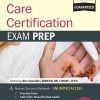
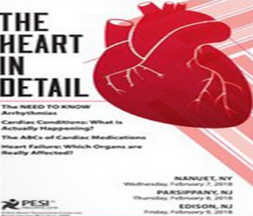


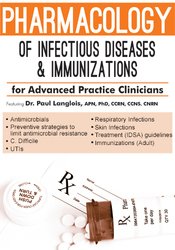
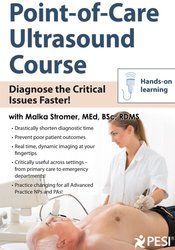

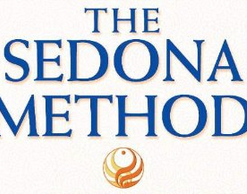



Reviews
There are no reviews yet.